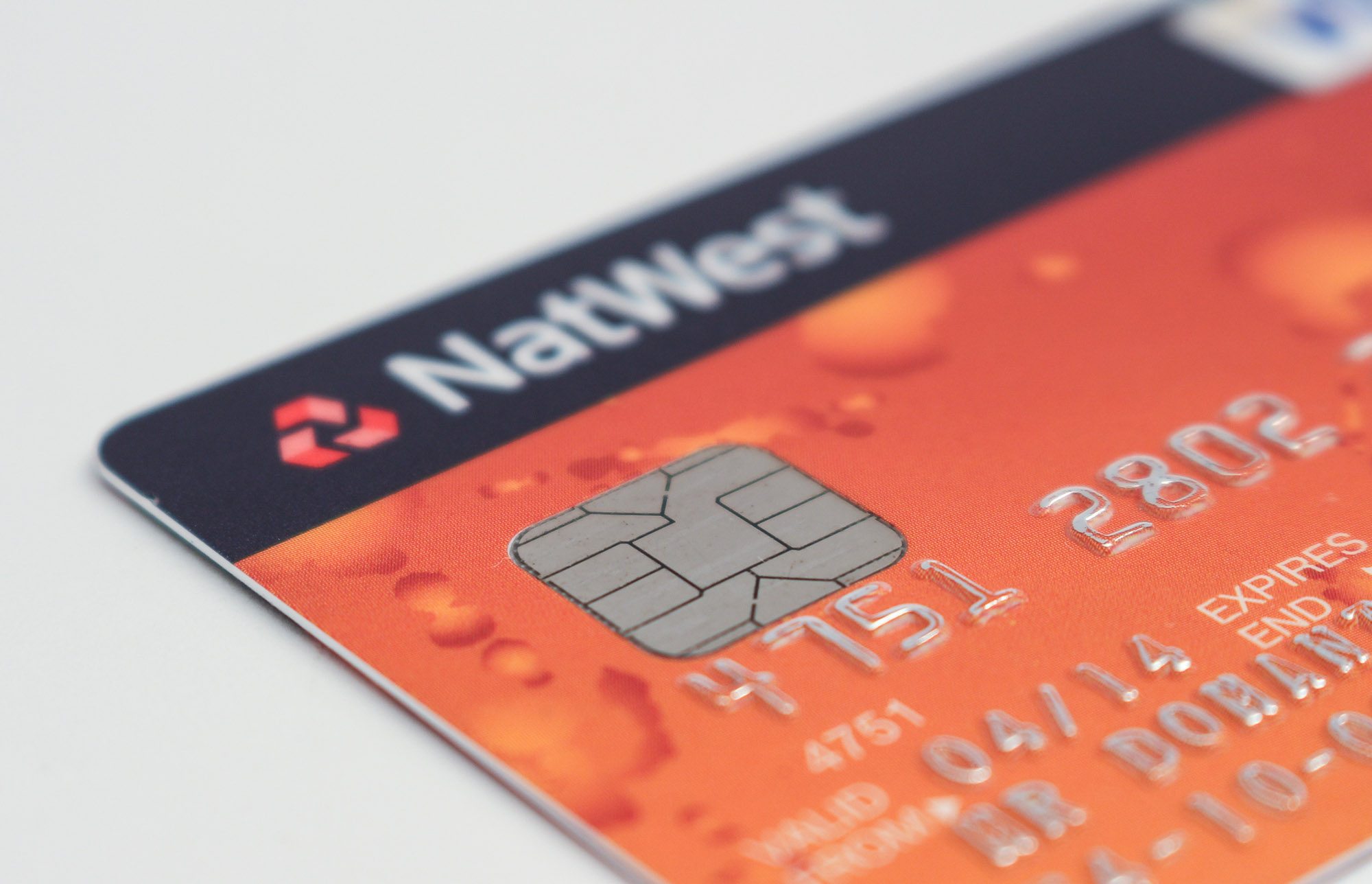
Convincing customers are safe
14th December 2016
Once upon a time, customers needed convincing that the Internet was a safe place to shop. Internet novices still need that reassurance. But most people nowadays have shopped online at least once. They take it for granted that buying online is safe – but they still need to be persuaded that it’s safe to buy from you. Here are some tips for convincing both groups.
Whether you deliver electronically or by carrier pigeon you face the same initial challenge. You need to establish trust. Customers cannot look around your premises to see how you store goods, how much dust is on them or whether your staff play Frisbee with CD’s. In a physical store, they can chat to the owner and look around. If they can see what they want on a shelf then they know it’s in stock and in reasonable condition. You have to try to achieve the same confidence from your buyers.
Reassure visitors that you are real
As a vendor, you should list your actual address and phone number, and provide a point of contact where your web site visitors can speak to a real person. Say on the site: ‘If you have any questions or queries about us or our products, please call us’. Provide facts about your business, and maybe pictures, as this will promote confidence. This point has been repeated from earlier. Deliberately. It’s that important.
Join a professional scheme
Such as SafeBuy or the IMRG’s Internet Shopping is Safe (ISIS) scheme. These provide reassurance for shoppers through a system of independent registration and verification of online retailers.
Credit card companies protect buyers
Many people don’t realize the extent of protection that their credit card companies provide. It’s simple. If you get transactions charged to your account which you didn’t authorize, you can request a refund from your credit card issuer. So let them know.
Buying online is as safe as buying by mail order
Risks on the Internet are the same as in mail order. If you feel confident to purchase by phone, fax or mail, you should be confident to buy on the Internet. In fact, your rights are the same whether shopping on the Net or in the high street. In the EU they are covered by the Distance Selling Directive; in the UK, by the Sale of Goods Act 1979 and the Trade Descriptions Act 1976 as well. If you receive faulty goods you have the right to a full refund. The only exception is when buying from abroad.
Buying online is no riskier than many personal transactions
The risk is actually no greater than using your card in a large store – where the person behind you can read it; or in a restaurant, where the card often disappears and could be skimmed and cloned.
All of the big boys do it
Billions of pounds of transactions are now being conducted across the Internet every month. This is despite viruses and all of the other problems. Thousands and thousands of purchases are taking place, and many huge companies such as Dell are making the web their main ordering mechanism. Would they do this if it was fundamentally insecure?
Offer alternative ordering and payment methods
As a vendor, even if you are pushing web sales hard you should give alternative ways of ordering such as by fax. A few people will take advantage of the facility, but for the rest it shows that you are fully confident. And offer additional methods of payment such as a cheque and PayPal.
Use your existing credentials
If you are a member of a professional body, display their logo prominently on your home page – provided this is permitted under your terms of membership.
Present customer endorsements
Whenever customers make positive comments about your company, try to get their permission to quote them on your web site. Scatter a few such endorsements around the site, and change them regularly.
Put some pictures of staff and your premises if you can
It helps to establish how real you are, and is much more appealing than a faceless organisation.

